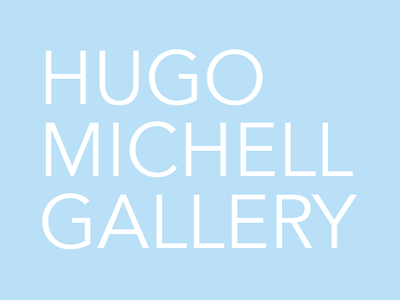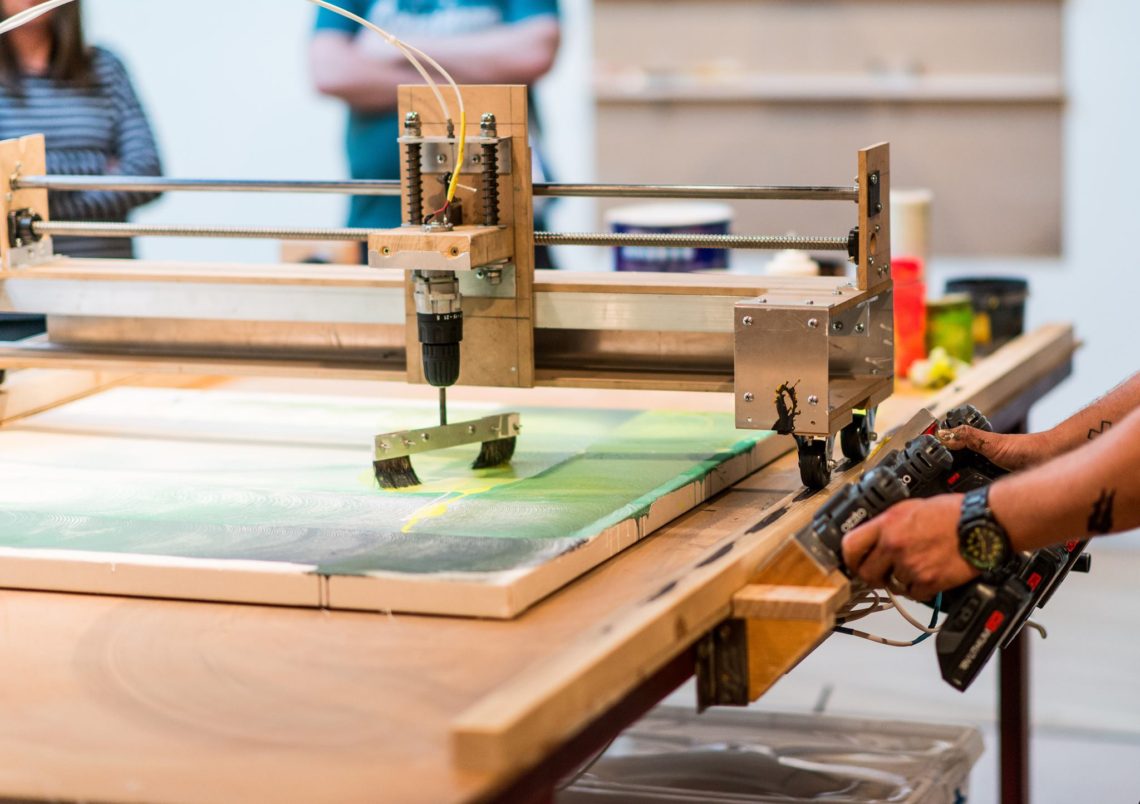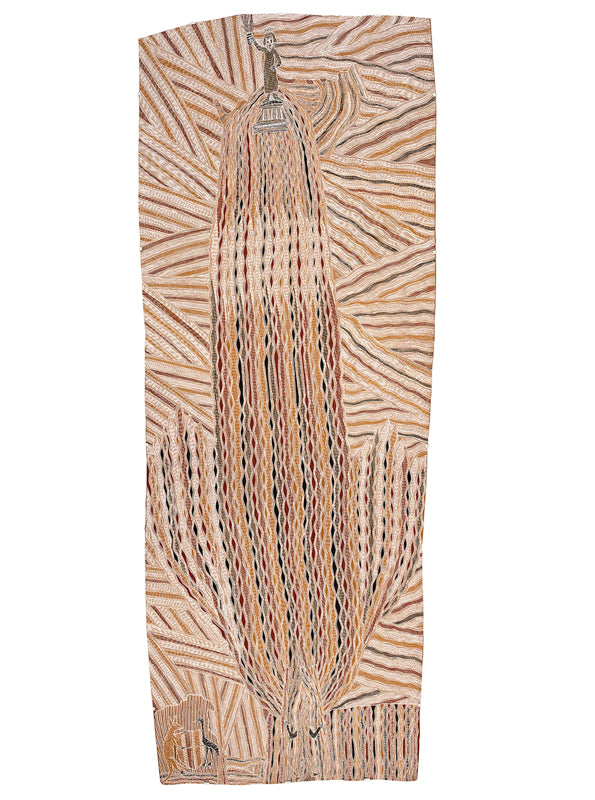News
Julia Robinson has been announced as exhibiting in the 2020 Adelaide Biennial of Australian Art Monster Theatres.
Presented throughout the Art Gallery of South Australia as well as partner venue Adelaide Botanic Gardens and its Museum of Economic Botany, the 2020 Adelaide Biennial of Australian Art: Monster Theatres will be presented from 29 February to 8 June as the key visual art offering of the Adelaide Festival.
Monster Theatres proposes an arena of speculation, a circus of the unorthodox and the absurd, a shadow play between truth and fiction. The title is inspired by a group of provocative Australian artists. Their urgent works of art are warnings made manifest. These theatres are theirs.’
Leigh Robb, Curator, Monster Theatres
Full list of artists:
Abdul Abdullah (NSW) Mike Bianco (WA) Polly Borland (VIC) Michael Candy (QLD) Megan Cope (VIC) Erin Coates and Anna Nazzari (WA) Julian Day (NSW) Karla Dickens (NSW) Mikala Dwyer (VIC) Brent Harris (VIC) Aldo Iacobelli (SA) Pierre Mukeba (SA) David Noonan (VIC) Mike Parr (NSW) Julia Robinson (SA) Yhonnie Scarce (SA/VIC) Garry Stewart and Australian Dance Theatre (SA) Stelarc (VIC) Kynan Tan (NSW) Mark Valenzuela (SA) Willoh S. Weiland (TAS) Judith Wright (QLD)
Sydney Contemporary, Australasia’s international art fair, returns in 2019 with the country’s largest and most diverse gathering of local and international galleries.
Hugo Michell Gallery are thrilled to return to Sydney Contemporary, presenting new works from represented artists; Lucas Grogan, Fiona McMonalge, Trent Parke, Julia Robinson, Justine Varga and a selection of works by Sally Bourke, Ildiko Kovacs, Sera Waters and Amy Joy Watson.
We’re honoured to present in conjunction with Buku-Larrnggay Mulka, the final work by esteemed artist, the late Nawurapu Wunuŋmurr.
Register your interest to receive additional information regarding this presentation by emailing, mail@hugomichellgallery.com
Hugo Michell Gallery invites you to the opening of ‘Figure & Ground’, a group exhibition of contemporary photography showing work from Gerwyn Davis, Claire Lambe, Fabian Muir, Polixeni Papapetrou and Dr. Christian Thompson AO, and the opening of Claudia Nicholson’s ‘Go Gently’ on Thursday 29 August 6-8pm.
‘Figure & Ground’ presents a selection of photography that positions the figure as a disruptive agent between lens and ground, allowing contemporary issues to enter the frame. Identity, displacement, gender and class unsettle the image, while a play between image/photograph and reality/theatricality reinforce the dynamic quality of contemporary photography as a curious surface – mirrored or transparent.
__
Claudia Nicholson’s ‘Go Gently’ reconfigures colonial depictions of first contact in the Americas, embedding the work with folklore and personal histories in a bid to disrupt colonial narratives. Nicholson began assembling this body of work during a residency on Dharawal land (Campbelltown). These works honour several significant bodies of water including Minerva Pools, a traditional Dharawal site for women and children, and Lake Siecha in Colombia, a sacred site for the Muisca people which has been repeatedly drained in search for gold. In these landscapes, where bodies of water leak into each other, to conflate time, myth and ecologies – Nicholson gestures to a shared persistence between these sites in the face of ongoing colonisation. ‘Go Gently’ draws on the NSW landscape and magic realism to create a slippage between two worlds.
Please join us in celebrating the launch of these two exhibitions!
Exhibitions run until the 21 September 2019.
Hugo Michell Gallery acknowledges the Kaurna people as the traditional custodians of the Adelaide region, and that their cultural and heritage beliefs are still as important to the living Kaurna people today.
Congratulations to Djambawa Murawili AM for being awarded the the prestigious 2019 Telstra National Aboriginal & Torres Strait Islander Art Award! We are excited to be exhibiting the work of Djambawa Marawili AM as part of our TARNANTHI Festival exhibition, ‘Mittji – The Group’. “This masterwork by a senior Yolŋu man manifests tremendous spirit, power and energy. The scale is remarkable, and Djambawa Marawili’s virtuosic use of natural materials and intricate and complex brushwork, honed over decades of dedicated practice, created dynamic flows and movement across the immense bark. the personal narrative within the work articulates his leading role in sharing Yolŋu philosophy with the world.” – Judges’ comments.
We also extend our congratulations to Malaluba Gumana, Winner of the Wandjuk Marika Memorial 3D Award and Nongirrna Marawili, Winner of the Telstra Bark Painting Award; who will also be exhibiting with us during TARNANTHI Festival.
Congratulations to Justine Varga who has been selected as a finalist in the Bowness Photography Prize 2019, presented by Monash Gallery of Art, for her work ‘Overlay’.
“The Bowness Photography Prize has become an important survey of contemporary photographic practice and one of the most prestigious prizes in the country, providing Australian artists with the opportunity to exhibit at one of Australia’s leading public galleries. Since 2017 the prize has been acquisitive and the $30,000 cash prize awarded to the winner ensures that it continues to provide a significant boost to an artist’s career.”
Exhibition runs from October 5 to November 17, with the winner announced October 10.
James Dodd is exhibiting a selection of recent paintings from his ‘Painting Mill Project’ in ‘Motion’ at the Hahndorf Academy as part of SALA Festival. Dodd will also be exhibiting a number of contraptions that encompass multiple roles: sculpture, tool and performance prop.
“James Dodd has a practice that meanders across a range of different outcomes. He has a curiosity for machines, tinkering, backyard adaptation and the way in which these things might be incorporated into a visual arts practice. “
‘Motion’ is showing at the Hahndorf Academy until Sunday September 15.
James Dodd will also be running a kids workshop on ‘Making Machines that Make Art’ on Saturday 17 August, where participants will be able to develop, make and take home their own art machine.
See Hahndorf Academy website for full details.
Congratulations to James Dodd who has been announced as a FINALIST in the Sunshine Coast Art Prize! Presented by Sunshine Coast Council, the award is open to any artist who is an Australian resident, working in a 2D medium. The recipient of the $25,000 Art Prize will have their work acquired by Sunshine Coast Art Collection.
Finalist exhibition opens July 25 at Caloundra Regional Gallery, with the winner announced August 29.
To read full details, click here.
Ildiko Kovacs’ ‘The DNA of Colour’ is now showing at ANU Drill Hall Gallery, Canberra. The exhibition displays a decade of Kovacs’ roller paintings, linking the looped, spiral lines with the double helix structure of genetic material.
“In thinking about Kovacs’ abstract paintings I was struck by the resemblance of her spiralling lines to the coils of DNA … Her rippling forms seem to twist into a vortex or follow an unravelling double helix pattern. The DNA code is a metaphor for the way these paintings unfold and move with colour, sparked by an excavation of inner feelings and intuition…”
Sioux Garside, curator for Orange Regional Gallery and the Drill Hall Gallery
‘The DNA of Colour’ is on show until August 11.
Showing: 171-180 of 306










